driving after knee replacement
 Riding (and Driving) In A Car After Knee Replacement Surgery (7 Tips)
Riding (and Driving) In A Car After Knee Replacement Surgery (7 Tips)Your daily life after knee replacement surgery For most people, knee replacement surgery will improve mobility and reduce long-term pain levels. However, it can also be painful, and it can be a while before you can start moving as you want. Here, learn more about what to expect. After the procedure, it is likely to face several challenges. For most people, recovery can take, and possibly more in some cases. Knowing what to expect can help you to overcome your day more effectively and make the most of your new knee. Keep reading to find out what settings you need to make. One of your biggest goals can be to start driving again. Most people can come back behind the wheel after weeks, depending on what your doctor says. If the surgery was on the left knee and drives a vehicle with automatic transmission, it might be driving again within a couple of weeks You might be back on the road in about 4 weeks if you had surgery on the right knee, according to . It may be longer if you drive a vehicle with manual transmission. In any case, you should be able to bend your knee enough to operate the pedals. You should avoid driving if you are taking narcotics or other medicines that may harm your ability to operate a vehicle. They are recommended to check with your doctor before getting behind the wheel. If necessary, get a deactivated parking sign, especially if you have to walk long distances in bad weather while using a walker or other assist device. It sets realistic expectations about when to return to work. In most cases, it will be 3 to 6 weeks before I can get back to work. You can be able to get back to work within 10 days if you work at home. However, you may need more time if your work is intensive; possibly 3 months or more. Don't expect too much from yourself at first. Talk to your boss and coworkers to make them aware of their situation. Try to get back to full working hours. Traveling is hard on your body, especially if you take a long flight with a tight leg space. Here are some tips to keep the focus right: Exercises and compression hose can help prevent the development of blood clots. Your knee may also be swollen due to changes in the cabin pressure. You may want to talk to your doctor before any long-distance journey to ensure that you do not have any specific concerns during the first months after surgery. Airport security can become more than one problem after your surgery. Metal components on your artificial knee could establish metal detectors from the airport. Get ready for an extra projection. Use clothes that make it easy to show your knee incision to security agents. Most people find that they are able to perform sexual activity several weeks after surgery. However, it's usually okay to proceed as soon as you don't feel pain, and you're comfortable. You can resume cooking, cleaning and other household chores as soon as you feel comfortable on your feet and can move freely. Wait several weeks before you can set aside the crutches or reed completely and return to most daily activities. It may also take several months to kneel without pain. Consider using a pad to cushion your knees in the meantime. Your physical therapist will encourage you to start walking as soon as possible. At first, you will use an assistive device, but it is better to use it only as long as you need it. Walking without a device will help you regain strength on your knee. Working with the physical therapist during those first few weeks is important as it will allow the therapist to detect any knee problems. You can start walking further and start participating in other activities after about 12 weeks. Swimming and other types of water exercise are good options, as these low-impact activities are easy on the knee. Make sure your wound has healed completely before entering a pool. Avoid placing weights on your leg and doing leg lifts on weight machines during the first months, until you get the head of your physical or medical therapist. Your new knee will make it much easier to participate in a variety of activities. However, it is important not to put too much stress in the joint. The AAOS recommends the following activities: Avoid asphyxiating, twisting, jumping, lifting heavy objects and other movements that could damage your knee. For 2 years after a knee replacement, you have a higher risk of infection. For this reason, you may need to take antibiotics before any dental work or invasive surgical procedure. Practice the guidelines for this, so be sure to check with your doctor or dentist before you have any procedure. Follow your doctor's instructions when taking the medication while recovering, especially pain relievers. Taking medicine for a long time can cause damage to internal organs, including the liver and kidneys. Some drugs can also be addictive. Your doctor can help you develop a plan to gradually stop pain relief medications. Apart from the medications, the following can help relieve pain and reduce inflammation: During the first few weeks, soft clothing can be more comfortable, although this cannot be possible during the winter. You will have a scar after knee replacement surgery. The size of the scar depends on the type of procedure you have. To some extent, the scar will fade over time. However, you may want to wear long pants or longer dresses to hide or protect the wound, especially at first. Use sunscreen and clothing to protect you from the sun. You will return to your daily routine with time. You may even be able to resume the activities you gave up when you started having knee pain. The quality of life will be as you are able to move more easily than you have for some time. It is essential to find out what you can do at every stage with your healthcare provider. They can recommend sports and activities that suit your needs. Talk to your doctor, physical therapist, or occupational therapist if you have questions about activities and your body. They can help guide you to better understand your life—and your lifestyle—after a knee replacement. Last medical review on April 13, 2020Read this following

Return to Driving After Knee Replacement — Bone Talks
How Soon Can You Drive After Total Knee Replacement? | Steward
Driving After Hip or Knee Replacement Surgery: When is it Safe?

Early resumption of driving within 3 weeks following patient-specific instrumented total knee arthroplasty: an evaluation of 160 cases | Journal of ISAKOS: Joint Disorders & Orthopaedic Sports Medicine

Early resumption of driving within 3 weeks following patient-specific instrumented total knee arthroplasty: an evaluation of 160 cases | Journal of ISAKOS: Joint Disorders & Orthopaedic Sports Medicine

Knee Replacement Surgery Edmond OK | Total Knee Replacement Norman OK

Driving After Hip or Knee Replacement Surgery — Knee Hip Doc
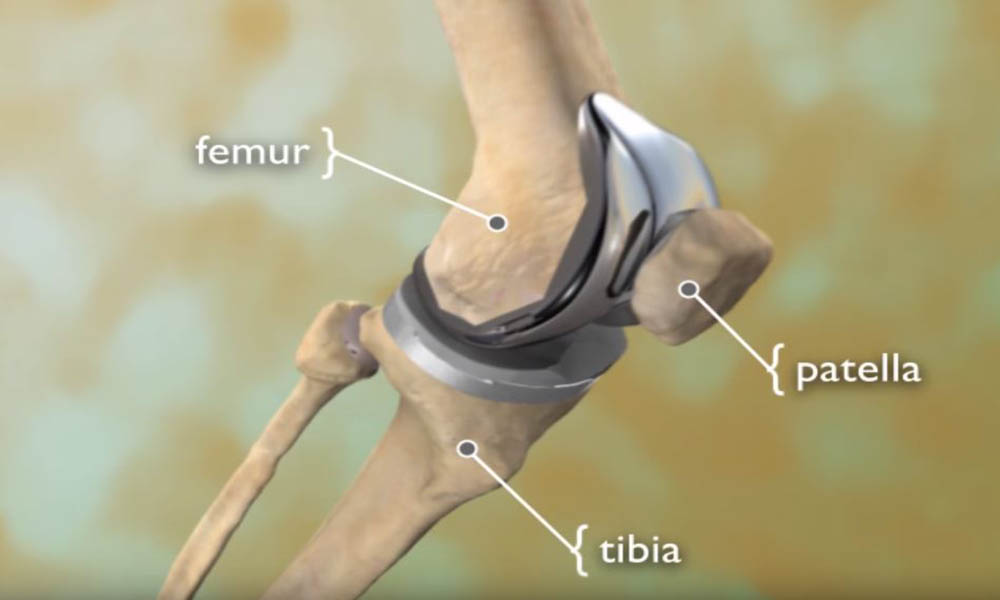
Total Knee Replacement - OrthoInfo - AAOS
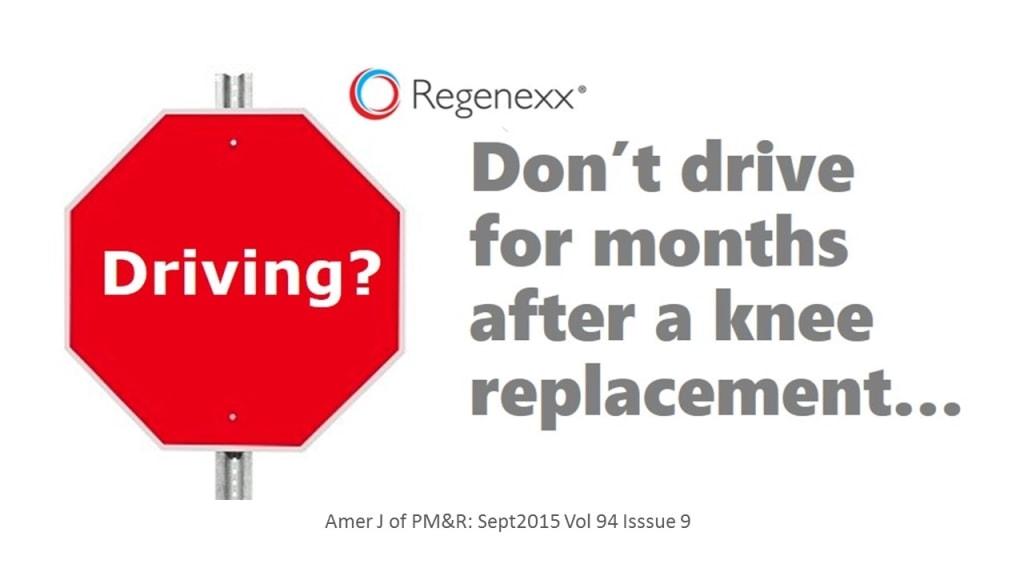
Driving After a Knee Replacement

Riding (and Driving) In A Car After Knee Replacement Surgery (7 Tips)
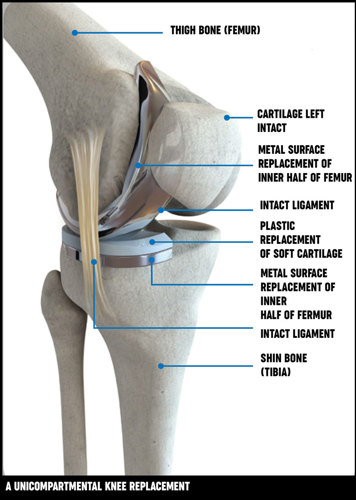
Knee replacement surgery | Treatment options | Versus Arthritis

Rothman Q&A: When can I return to driving after a knee replacement? - YouTube
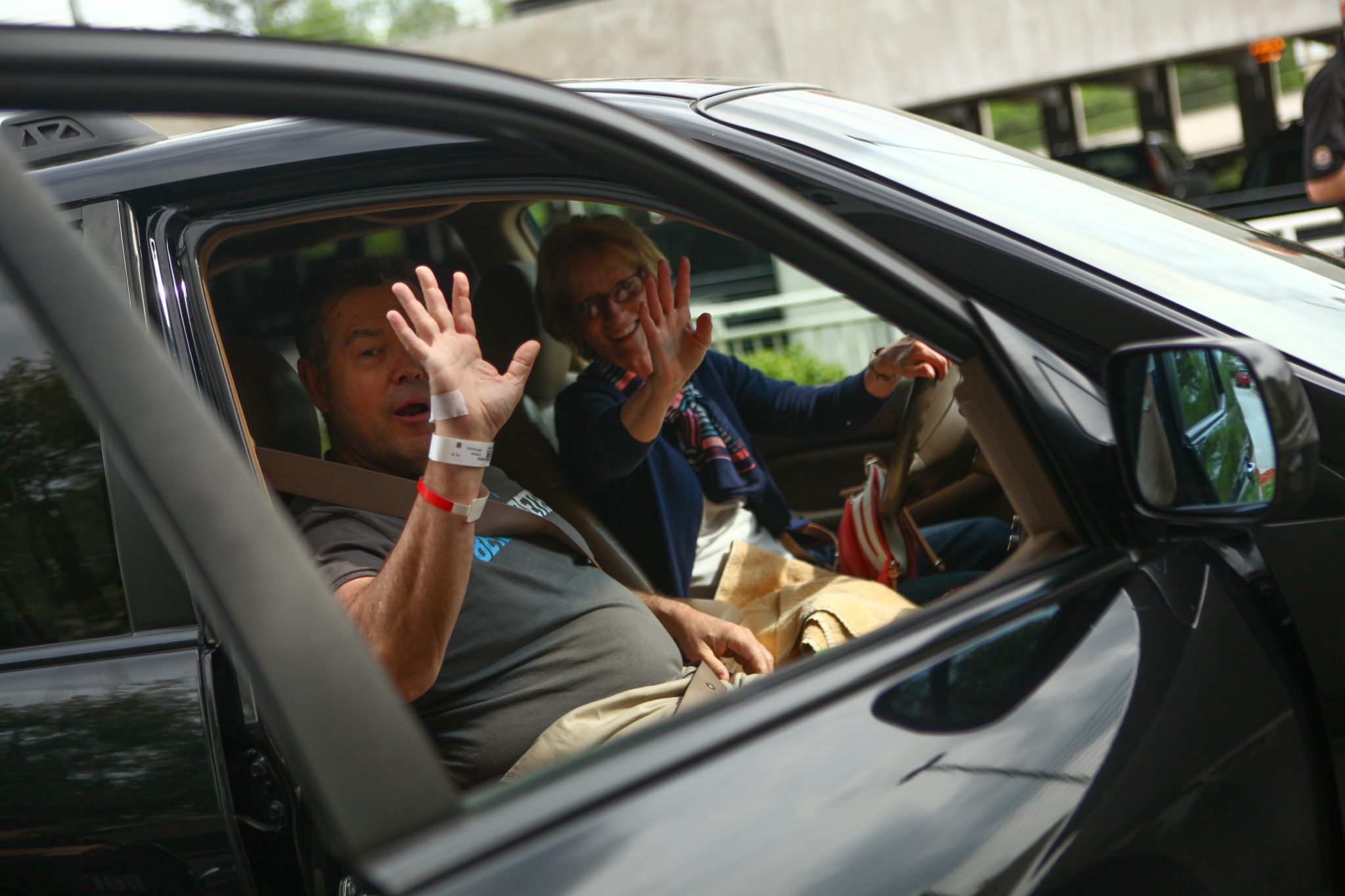
What to Expect After Knee Replacement Surgery | Conformis
When can you drive after surgery? Hip, knee, ankle or foot surgery | Dr. David Geier - Sports Medicine Simplified
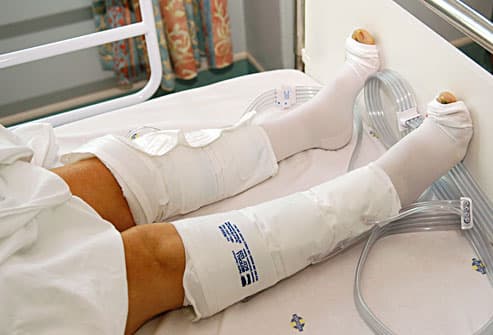
Knee Surgery Recovery Timeline
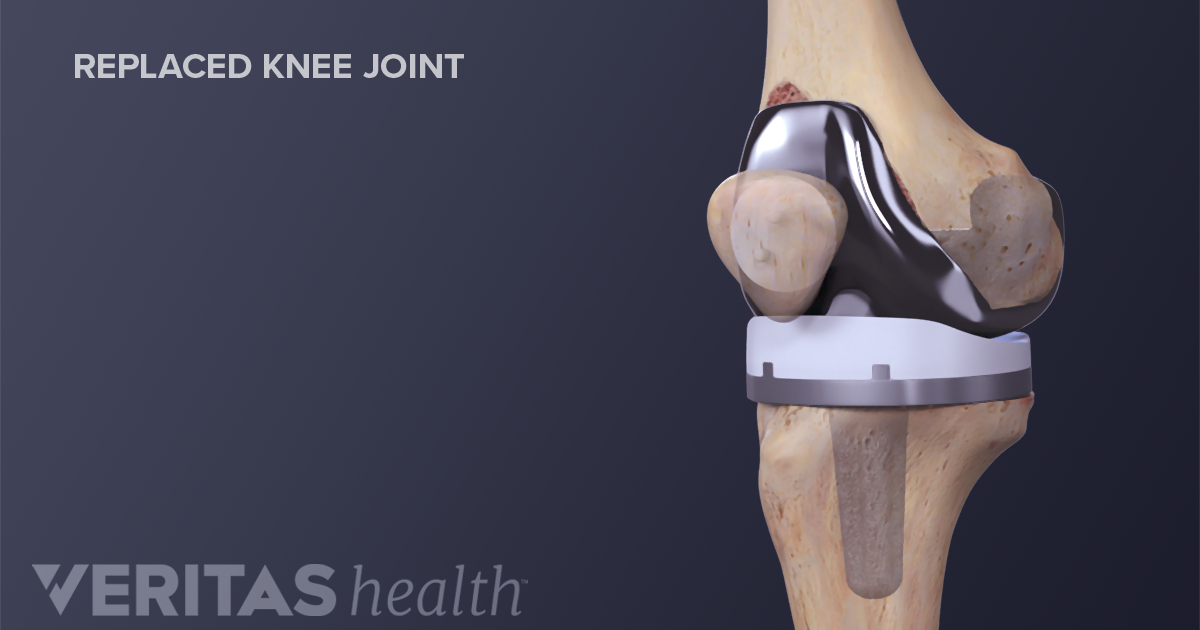
Total Knee Replacement Surgery Recovery
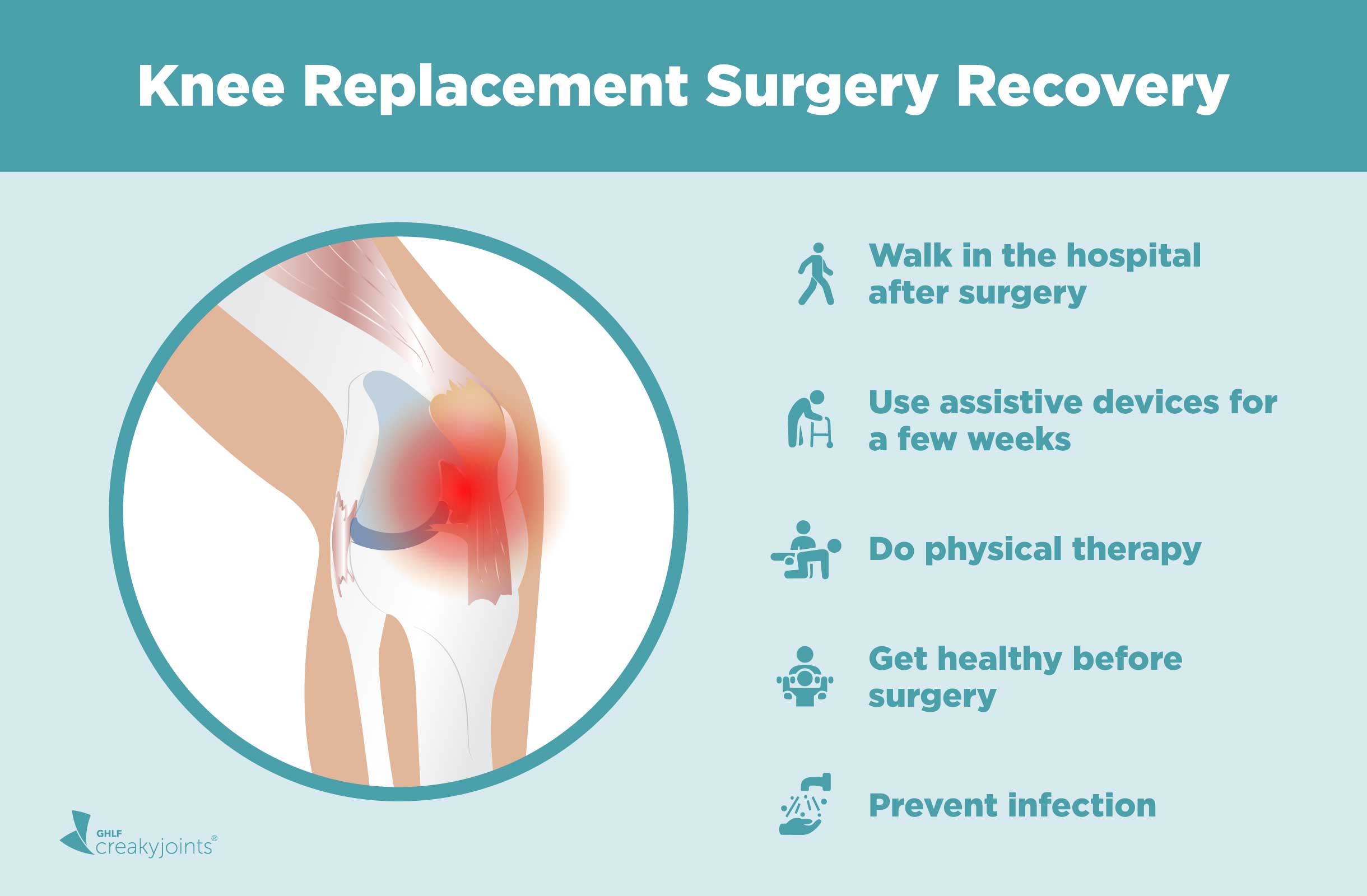
Knee Replacement Surgery Recovery: Tips from Doctors and Patients
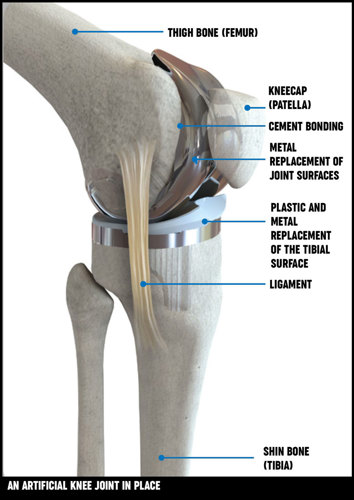
Knee replacement surgery | Treatment options | Versus Arthritis
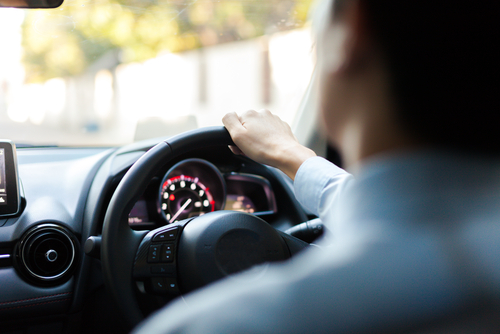
After hip or knee replacement when can I shower, drive, return to work, and have sex? - The Leone Center for Orthopedic Care

Driving After Knee Replacement Surgery | Ankle Doctor in Roseville

How Soon Can You Drive after Knee Replacement? - YouTube
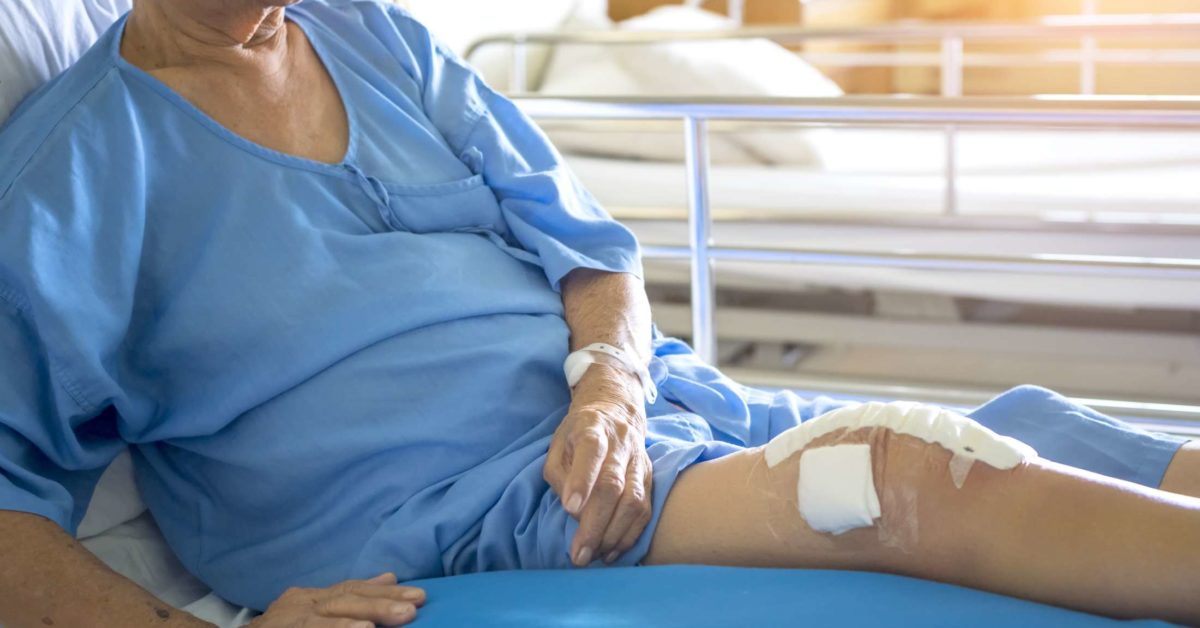
Knee surgery rehabilitation: Timeline and what to expect

Physical Therapy Exercises to Do After Total Knee Replacement

Knee replacement surgery: What you need to know
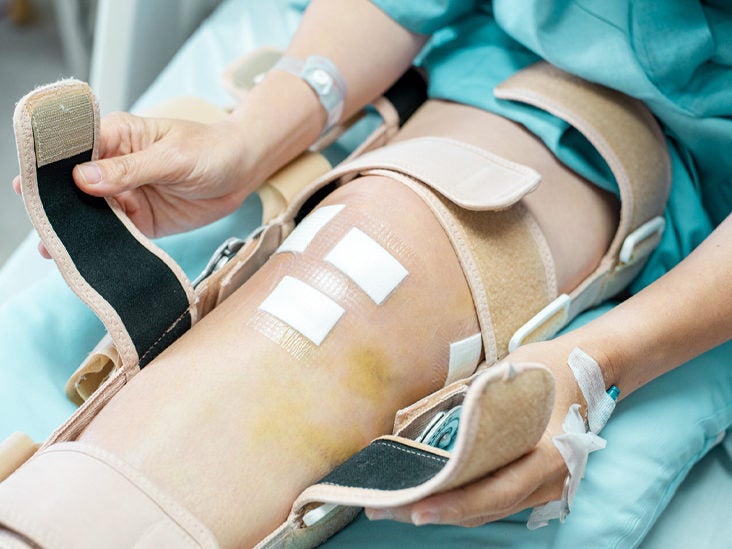
Exercises After a Total Knee Replacement

Time to Safe Driving after Total Hip and Knee Replacement Surgery
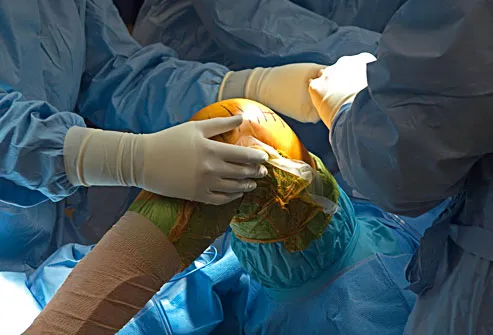
Knee Surgery Recovery Timeline
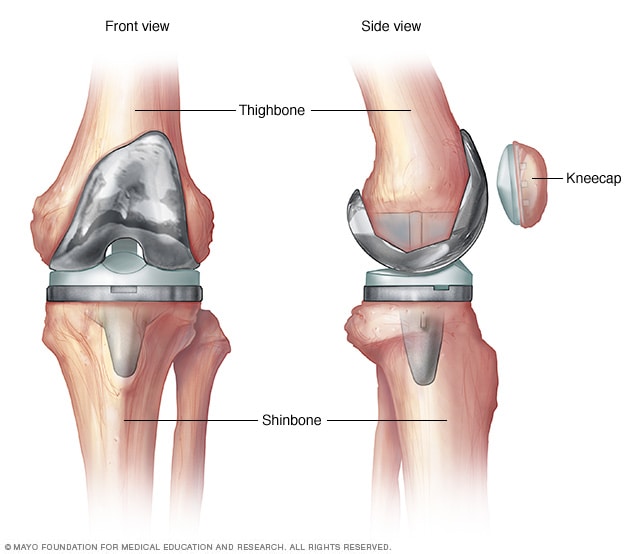
Knee replacement - Mayo Clinic
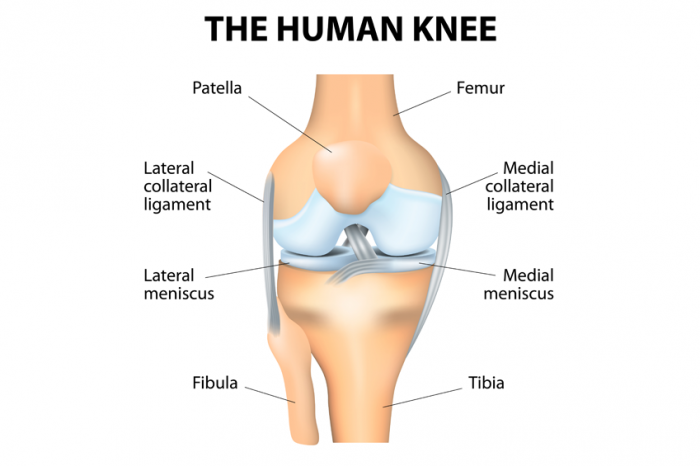
Knee replacement surgery: What you need to know

After hip or knee replacement when can I shower, drive, return to work, and have sex? - The Leone Center for Orthopedic Care
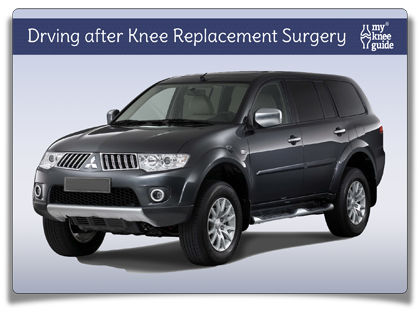
Driving: When is it safe to drive again?
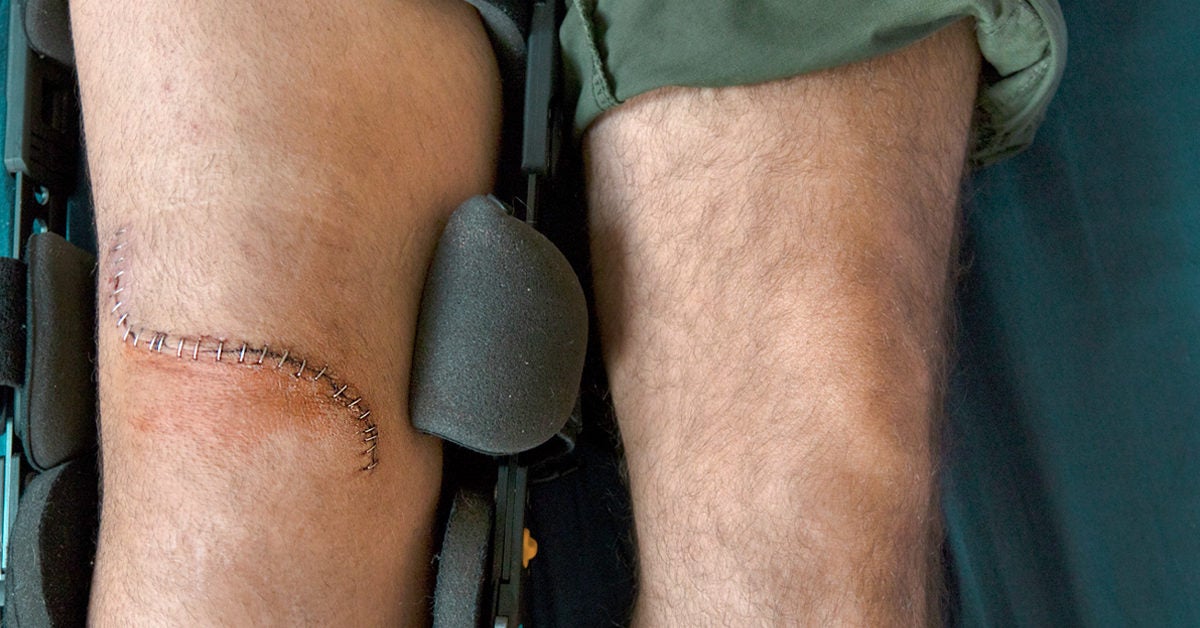
What to Expect with an Artificial Knee

Outpatient Joint Replacement Offers Shorter Stay
/knee-replacement-569d74563df78cafda9d4b19.jpg)
Is Kneeling Possible After Knee Replacement?

Driving After Total Knee Replacement | OzOrthopaedics Melbourne

When Is It Safe for Patients to Drive After Right Total Knee Arthroplasty? - The Journal of Arthroplasty

Total Knee Replacement - OrthoInfo - AAOS

Visual Guide to Knee Replacement
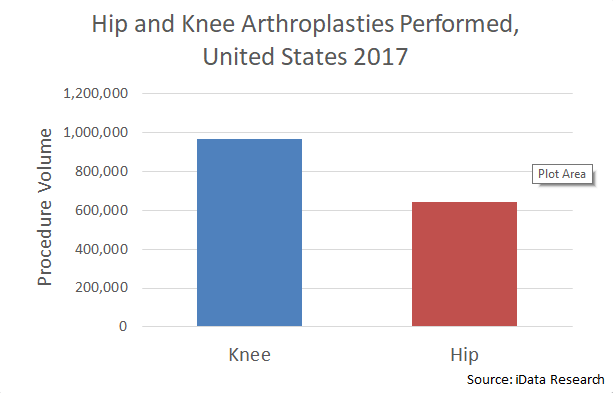
Total Knee Replacement Statistics 2017: Younger Patients Driving Growth - iData Research

INFOGRAPHIC: Preparing for Knee Replacement
Posting Komentar untuk "driving after knee replacement"